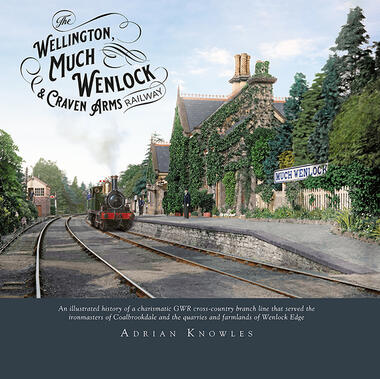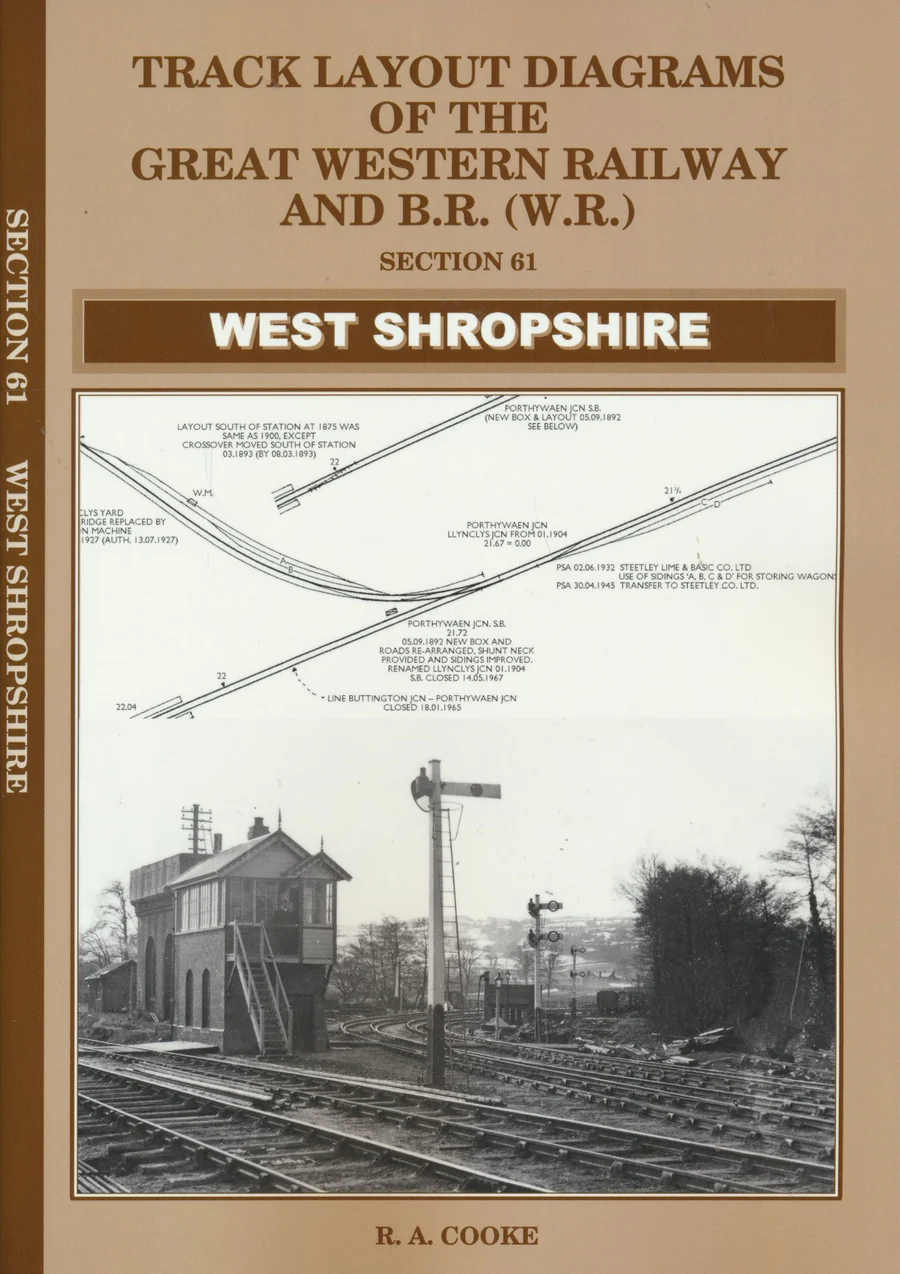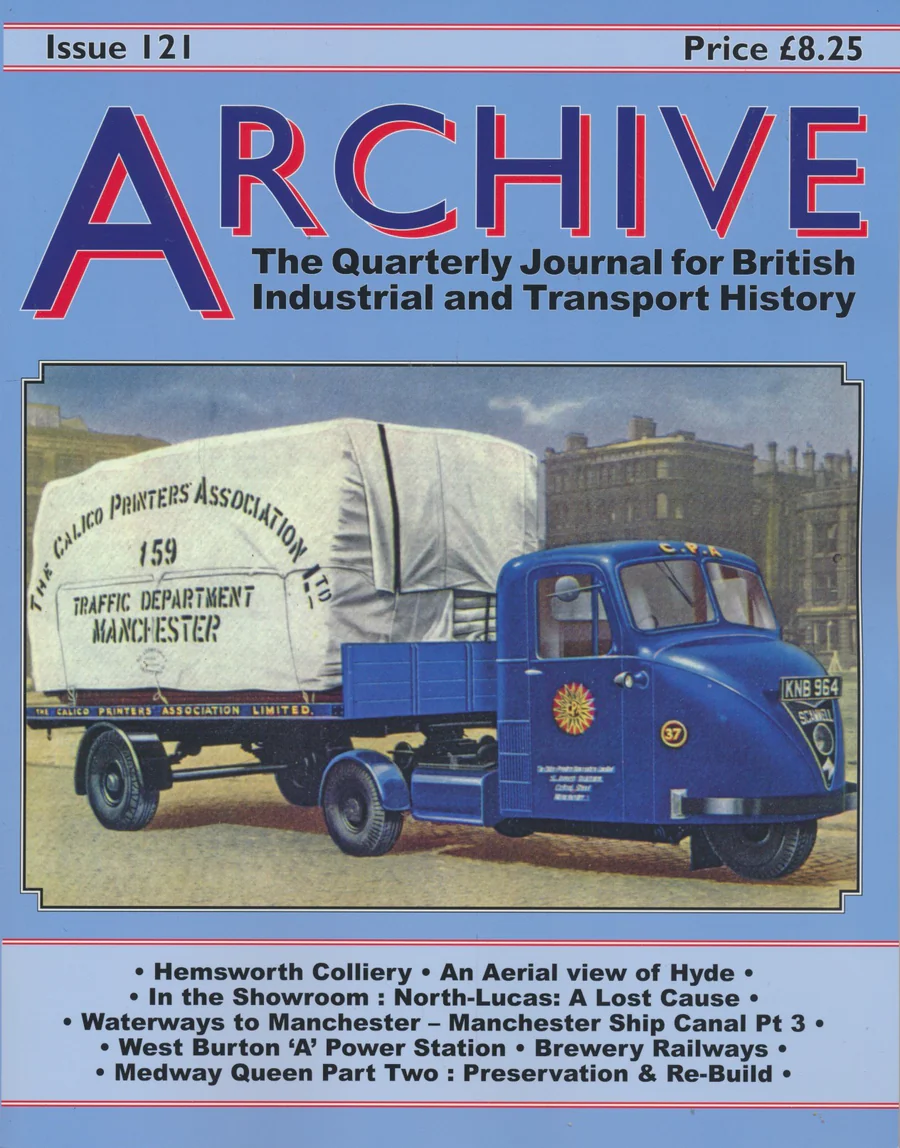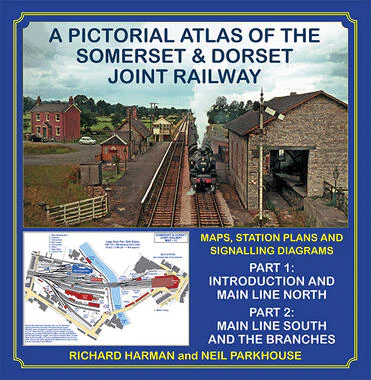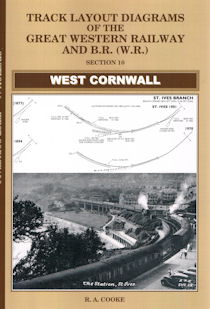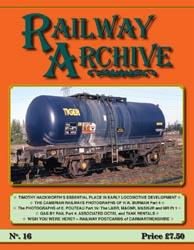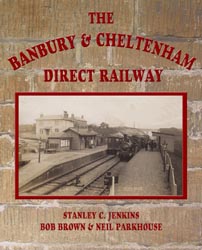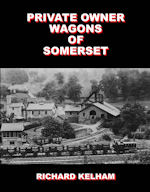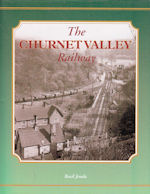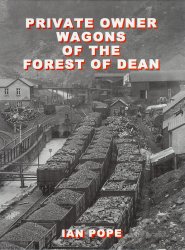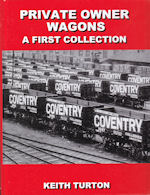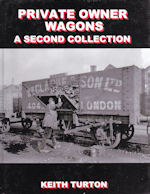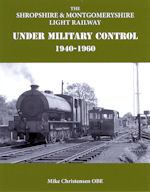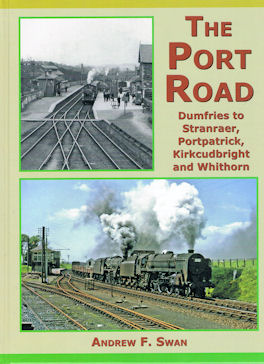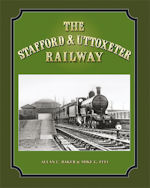British Railways The First 25 Years Volume 13: East Anglia – Ess...
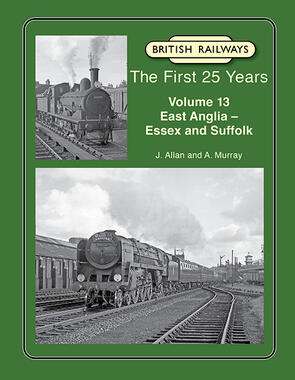
Condition: Excellent
Published by: Lightmoor Press
Author: J. Allan and A. Murray
British Railways The First 25 Years Volume 13: East Anglia – Essex and Suffolk
This volume covers the former Great Eastern Railway lines in the southern half of East Anglia, concentrating on Essex and Suffolk, with short incursions over the border into Norfolk and Cambridgeshire to complete the routes. Until the mid-1950s, with the exception of a handful of L&NER-designed classes such as the ‘B17’ 4-6-0s and the arrival of the ‘Britannia’ Pacifics on the main line in 1951, this was still very much a Great Eastern railway. However, it would be completely transformed over the next decade with dieselisation and electrification, the introduction of DMUs and railbuses and the closure of most of the branch lines.
We begin our journey from Romford to Shenfield whose suburban services had been electrified in 1949, branching off to Southend where the trains remained steam operated until the end of 1956. On the way to Colchester, we again leave the main line to explore the branches from Witham to Maldon and Braintree, and from Kelvedon to Tollesbury.
From Colchester with its two stations, we take the important branch to Clacton-on-Sea and Walton-on-the-Naze and the lesser branch to Brightlingsea before resuming the main line to the junction at Manningtree. There we follow another significant branch, to Parkeston Quay and Harwich and then regain the main line to Ipswich. After visiting the shed and docks, we look at the curious geographical layout of the railways around the town, going firstly down the branch to Felixstowe and then continuing on the main line to Beccles where we fork right to Lowestoft and Yarmouth pausing to travel down another, lesser branch but one with an intriguing and continuing story, the line from Saxmundham to Leiston and Aldeburgh.
Next, we go west from Ipswich to Cambridge on the secondary main line via Stowmarket, Bury St. Edmunds and Newmarket. Further south is another west to east route, made up of several connected branch lines starting with the Stour Valley line from Marks Tey near Colchester to Haverhill and then on to Cambridge, stopping at Bartlow to go down the branch to Saffron Walden and Audley End. Finally, from Cambridge we take the Mildenhall branch back into Suffolk.
Pre-nationalisation motive power continued into the early 1950s with ex-GER and L&NER designs predominating, although a few intruders appeared in the shape of the NER ‘G5’ 0-4-4Ts and GNR ‘C12’ 4-4-2Ts. However, the ‘E4’ 2-4-0s, the ‘F4’, ‘F5’ and ‘F6’ 2-4-2Ts and the ‘J15’ 0-6-0s were predominant on the secondary and branch lines until the mid-1950s and ‘B12’, ‘D16’ and ‘B1’ 4-6-0s were the main support for the ‘Britannia’s on the main lines. Railbuses and Lightweight DMUs were introduced in a pre-Beeching attempt to reduce costs on the lightly used branch and secondary services. By the mid-1960s, Brush Type ‘2’ and English Electric Type ‘3’ diesel-electrics and later Class ‘47’s would become almost as ubiquitous as the former Great Eastern and L&NER classes.
208 pages. 275x215mm. Printed on gloss art paper, casebound with printed board covers.
Please contact us for a quote for shipping outside the UK Mainland before ordering.





